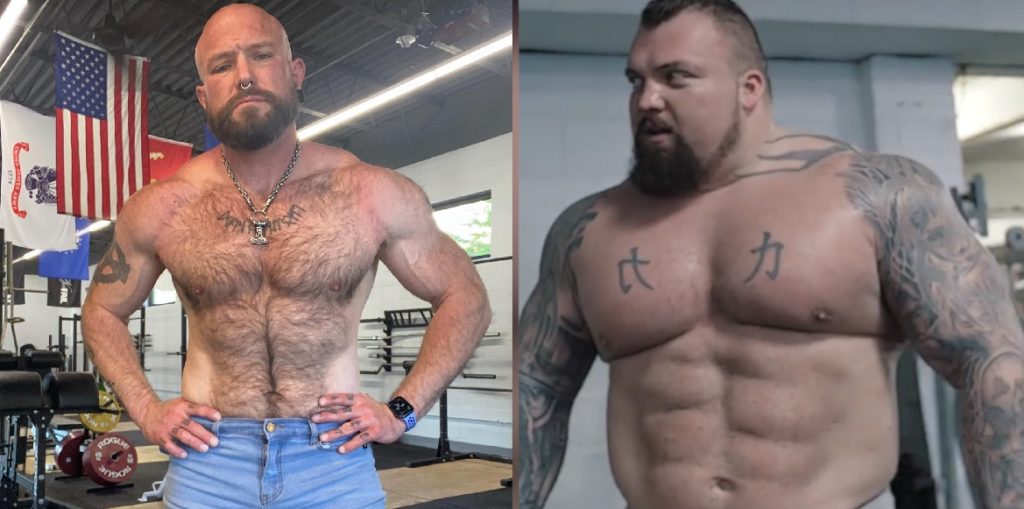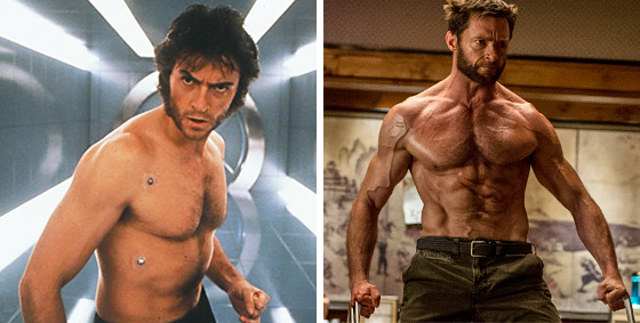A New Twist on Resolutions
by Erik Castiglione
It’s officially 2021, and I’m sure after the mess that was 2020, many of you have the loftiest resolutions you’ve ever set. We’ve talked about resolutions numerous times in previous blog posts, so there’s no need to cover how most goals are too general with no clear plan, and that’s the most common reason for failure. Instead, we’re going to touch on reasons 2 and 3 why most people fail.
.In last year’s post, we talked about setting habit-based goals. To elaborate on that a little this year, we encourage members to avoid setting outcome related goals. A good example of an outcome-based goal is “I’m going to read 1 book every month this year.” It’s specific, but what happens if you choose to read a super long, super dense book, and you don’t finish it in a month? You’re now behind schedule, and if you don’t catch up, you’ve failed at your goal. This is the danger with outcome-based goals – if we don’t achieve the desired outcome, we get upset with ourselves for failing. So, to turn this outcome-based goal into a process-based goal, we can reframe it as “I’m going to read for 10 minutes every night before bed.” Now, we make reading part of our daily routine, it becomes habitual, and we’re focused on the act of reading rather than the number of books we complete. This is a much easier goal to achieve, and if you happen to miss a night for one reason or another, it’s super easy to get back on track.
The last reason most people fail in their resolutions is that they set resolutions that are exclusive, rather than inclusive. In other words, we think about what we’re going to cut out of our lives, rather than add in. A good example of this is “I’m going to drink less coffee/alcohol this year.” For many of us, as soon as we forbid ourselves to have something, we begin to crave it. And, with resolutions like these, as soon as we indulge in the forbidden behavior, we tend to binge and spiral out of control. So, instead of cutting them out, we can add something else in. If your goal is to consume less coffee, we can change that goal to “I’m going to drink 8 ounces of water every morning before my first cup of coffee.” Now we’re hydrating you and filling your stomach with a different liquid, and hopefully as a result, you drink less coffee. This is also habit based, and more likely to be successful.
Many people also set aesthetic based goals, even in our gym. I’ve heard many people say that they want to have visible abs. My question is, why? Even though society has conditioned us all to have SEVERE body image issues with ads, magazines, and superhero movies, not all of us need abs. In fact, some people will never have visible abs, no matter how lean they get. On the flip side, there are people who have hypertrophied their abs enough that even with higher body fat percentages, their abs are still visible. Genetics play a big role here. Look at the picture below – on the left, my former coach leaned out to about 12% body fat and had no visible abs. On the right, Eddie Hall at his leanest was about 24% body fat, and still had visible abs. .
My former coach put it best – “the pursuit of abs has destroyed many a good athlete.” We had a former weightlifter at Viking Athletics who was obsessed with maintaining her abs year-round. Weight is supposed to fluctuate depending on water, what we eat, and for ladies, according to the menstrual cycle as well. As a result, even if you’re lean enough to have visible abs, they might not be visible every day. In working to stay super lean, this lifter sacrificed a lot of potential strength gains, and her lifts remained stagnant for a couple years. Why, because she wasn’t eating for performance, and instead kept herself in a constant caloric deficit. So performance suffered.
Another good example of this is Hugh Jackman. He played the Marvel Comics character Wolverine for a decade, and went through a tremendous body transformation. Here he is in X-Men versus X-Men: Days of Future Past.
Since all we see is the finished product, we might be tempted to think that he looks that shredded all the time. The reality is, to get that lean, Hugh not only implemented a rigid diet and training regimen, but he also manipulated his water consumption. He was severely dehydrated for this scene, and when the director tried to change the filming schedule, it took a lot of protest from Hugh to prevent it. He doesn’t walk around looking like that, but his regimen had him peaking on filming day. It’s similar to bodybuilders and their shows – they look the best when they feel the worst, because they’re starved, dehydrated, and weak. Is it worth it?
What’s the point here? We need to stop obsessing with how we look, and the number on the scale. Unless you are objectively overweight to the point where it’s unhealthy, or competing in a sport with weight classes, your weight doesn’t really matter. Instead, focus on your gym numbers. Are you improving in your lifts? Are your times getting faster? Are you making progress in your fitness? Focus on what your body CAN DO, rather than how it looks. If you need more inspiration, look at the ESPN body issue. Very few professional athletes look like Instagram fitness models because they’re focused on performance, not aesthetics. We should be too, and we’ll be happier for it.
So, for 2021, my challenge to everyone is to focus on performance. Get 7 hours of sleep every night, drink 8 ounces of water first thing every morning, and spend more time thinking about how you FEEL, than how you look. Happy 2021, and I’ll see you in the gym.


